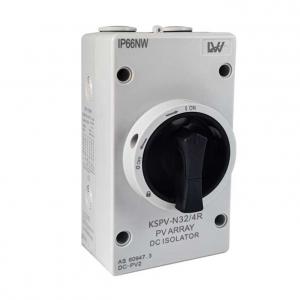Can aluminum alloy PV cable replace copper PV cable?
Can aluminum alloy cable replace copper cable?
Let’s answer the question at first. YES
Copper is by far the most widely used conductor in electrical wiring. It benefits from high conductivity and corrosion resistance, making it perfect for a wide range of applications. Due to high demand however, it is significantly more expensive when compared to alternatives such as aluminium. We we will clear up the debate of Aluminium Vs Copper Cables for solar applications.
Aluminium Cabling also benefits from being approximately 30% lighter than copper conductors. In practical terms, this translates to easier installation, especially for projects that require extensive wiring. However, there are a number of disadvantages and additional requirements that must be considered in a design when comparing aluminium
to copper:
In photovoltaic projects, the choice of copper core cable or aluminum core cable is a long-standing problem.
In fact, according to small sample statistics, 70% of EPC manufacturers in provinces with developed domestic photovoltaic household markets will use aluminum core cables in their design and construction. The proportion of aluminum core cables is higher.
Compared with conventional aluminum core cables, copper core cables are more excellent in current carrying capacity, resistivity, strength and other properties;
however, with the introduction of technology and the establishment of supporting connecting terminals, bridges and corresponding standards, aluminum alloy cables are cutting.
When the area is increased to 150% of the cross-sectional area of the copper conductor, not only the electrical performance is the same as that of the copper conductor, but also the tensile strength has certain advantages over the copper conductor, and the weight is light, so the aluminum alloy cable is suitable for application in photovoltaic projects.
27
26
45
58
85
110
145
168
Conductor(mm2)
AL Current(A)
Copper Current(A)
1.5
19
2.5
33
4
35
6
45
10
60
16
85
25
115
35
148
From the above table data, we can conclude that as long as the conductor area of the aluminum cable is greater than 1.5 times the area of the copper conductor, the aluminum cable can replace the copper cable
